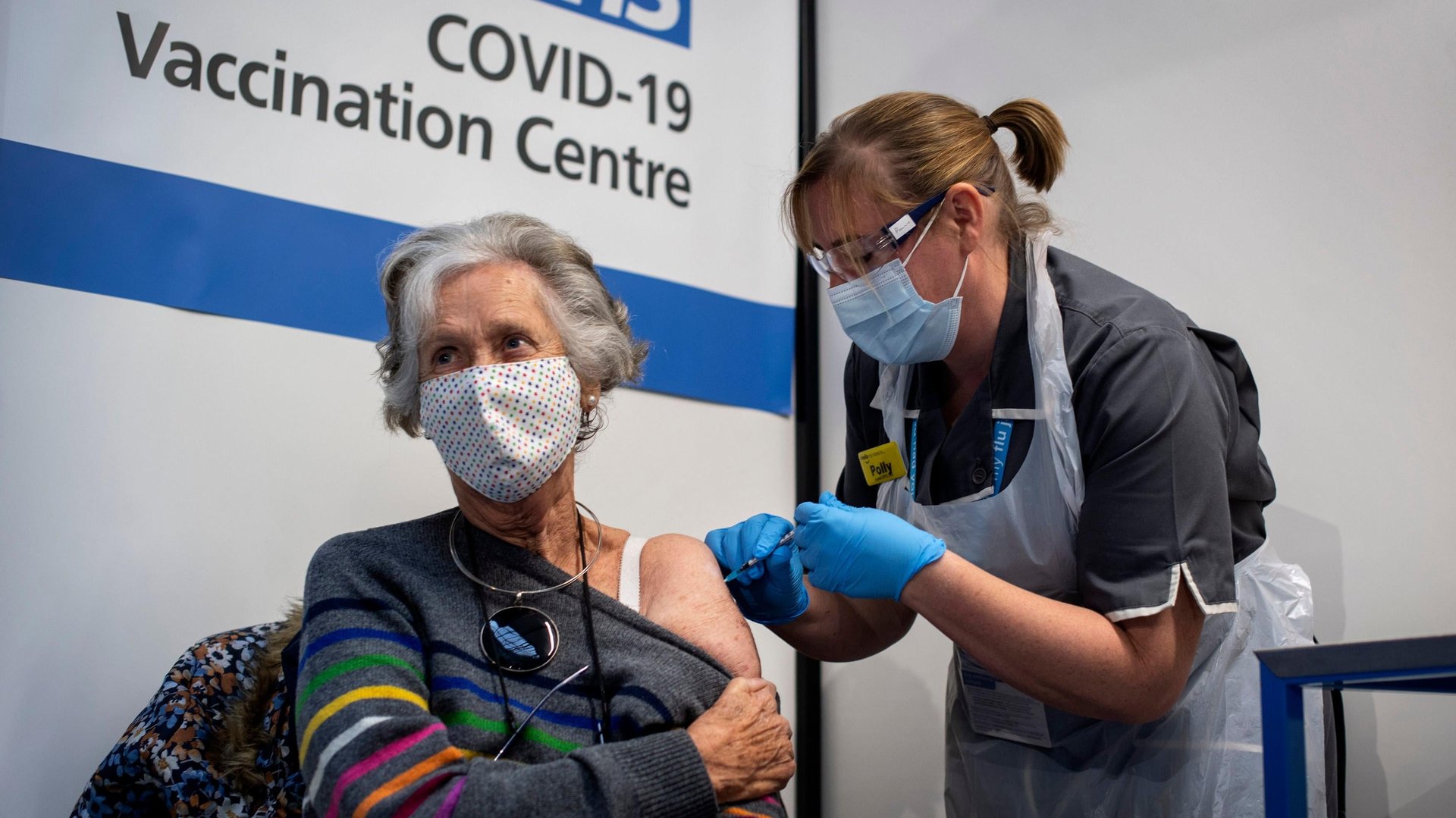Pfizer is expecting its covid windfall to end in 2023
The company projects revenue from covid products drop by as much as 64%

Before 2020, vaccines would hardly bring riches to their makers. Then covid happened, and for the pharmaceutical companies that came up with vaccines against it, in particular Pfizer and Moderna, it was a bonanza. Billions of people globally needed one—no, two; actually, three; or four!—shots. Governments, especially wealthy ones, placed big orders, buying upfront many more vaccines than their populations needed.
This made of Comirnaty (Pfizer’s mRNA covid vaccine) the drug with the highest annual revenue in history, two years in a row. In 2021, the pharmaceutical giant reached nearly $37 billion in sales of its covid vaccine. In 2022, it sales were close to $38 billion. On top of it, the company generated about $19 billion in sales with Paxlovid, its covid treatment.
Combined, these two products made 2022 a golden year for the drugmaker, which brought home more than $100 billion in revenue, reflecting 30% operational growth. The company reported in its call with investors on Jan. 31 that 2022 was the year with the highest revenue in its history.
But 2023 won’t be as good. Not even remotely. The company expects to bring home between $67 billion and $71 billion in revenue this year, following a drastic reduction in sales from covid products.
A lot less money—but still a lot of money
Governments, and especially the US, which has been the biggest purchaser of Pfizer’s vaccine since its launch, are reducing—or outright ending—their vaccine and covid therapeutics buying programs. This has prompted Pfizer to hike the price of the vaccine as high as $130 per dose—about $100 more than it cost the government to purchase it.
Yet the price hike won’t make up for the anticipated reduction in vaccine sales: Pfizer expects its revenue from the shot to go down 64% in 2023, for a forecast of $13.5 billion. The destiny of Paxlovid won’t be different. The company estimates its sales will go down 58% this year to $8 billion.
Not only will the sales likely be smaller, but also less predictable: Governments placed advanced orders and paid even for the doses they didn’t end up needing. The commercial market brings the risk of producing doses that go unsold, which is one of the reasons Pfizer has used to justify its price hike.
Unless severe new variants emerge, the change in projected covid vaccine and therapeutics sales signals the progressing of a downward trend: The percentage of people receiving new doses of covid vaccines has been going down significantly with each new round of boosters and will likely continue to do so.
Even with dramatically reduced revenue, Corminaty would continue to be one of the world’s top three bestselling drugs in 2023. Cancer drug Keytruda, made by Merck, would be in first place with $21 billion in sales. AbbVie’s Humira—which generated revenue for $22 billion in 2022—could follow, though the maker expects a drastic reduction in sales (around 45%) after biosimilars enter the US market.